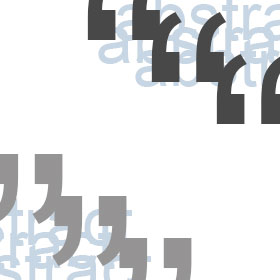Summarizing and Quotation

Summarizing a text means that a large amount of information is incorporated into a small number of words regardless of the length of the original text. It should be brief and clear, including the main points of the source text. It is an efficient and concise way of presenting ideas and information from other sources and is considered the most frequent type of citation.
Using either summary, paraphrase or quotation, the used material need to be referenced properly, avoiding accusations of plagiarism. As the Oxford Advanced Learnerʼs Dictionary (2005) states, plagiarising means copying another personʼs ideas, words or work, and pretending that they are your own. It means using any ideas from books, lectures without acknowledging the source. Acknowledging the source properly needs:
Using either summary, paraphrase or quotation, the used material need to be referenced properly, avoiding accusations of plagiarism. As the Oxford Advanced Learnerʼs Dictionary (2005) states, plagiarising means copying another personʼs ideas, words or work, and pretending that they are your own. It means using any ideas from books, lectures without acknowledging the source. Acknowledging the source properly needs:
|
|
|
It is not necessary to reference widely known ideas or common knowledge. Referencing can be presented in two styles: in-text reference and in the references section at the end of the main text. In text-reference needs the name of the author/authors, the year and the page in case of the usage of the exact words, e.g. definition. The references section (bibliography) should include, the authorʼs surname, his/her initials, the year of publication, the title of publication, the place of publication, the publisher, page numbers and ISBN.